Unveiling Singapore National Story
- lionheartlanders

- Jul 29
- 9 min read
Singapore's remarkable transformation from a small trading post to a global powerhouse represents one of the most extraordinary national stories of the modern era. This tiny island nation, with no natural resources and a diverse population of immigrants, has defied all odds to become a beacon of prosperity, harmony, and innovation. Understanding Singapore's national story isn't just about appreciating its past, it's about recognizing the values, decisions, and vision that continue to shape its future.
For Singaporeans seeking to deepen their connection to their homeland, exploring Singapore's heritage through guided walks offers an immersive way to experience these pivotal moments firsthand, walking in the footsteps of the nation's founders and understanding the struggles that forged today's Singapore.
More Than Just a Fishing Village
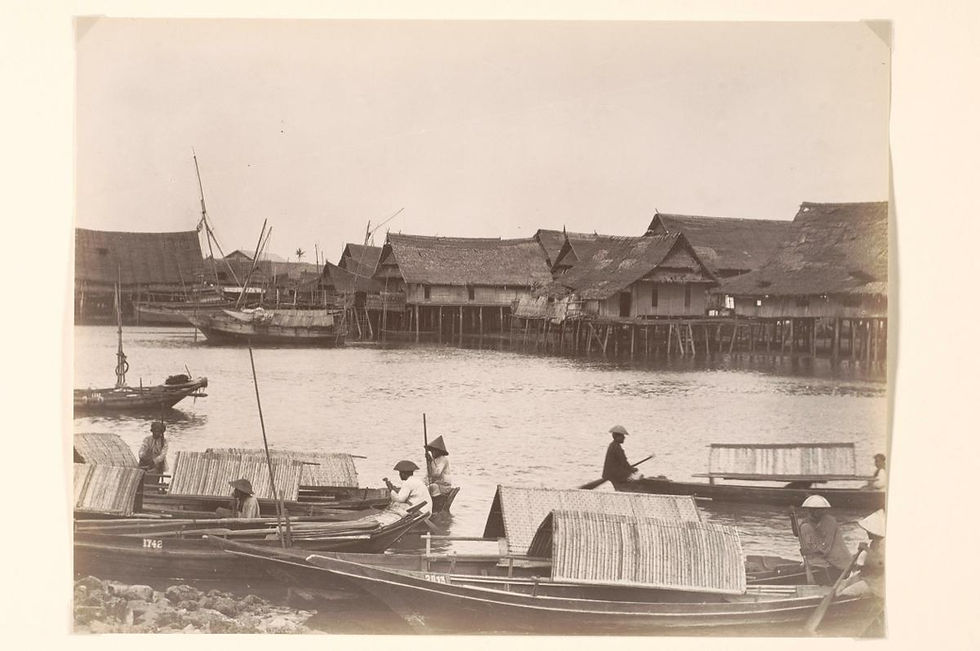
Contrary to popular belief, Singapore's story didn't begin as a sleepy fishing village when Sir Stamford Raffles arrived in 1819. Archaeological evidence reveals that as far back as the 14th century, Singapore, then known as Temasek, was already a bustling trading port with a multicultural population of around 10,000 people. Chinese ceramics, Indian carnelian beads, and gold jewelry unearthed by archaeologists paint a picture of a sophisticated society engaged in regional trade networks.
When the British established modern Singapore in 1819, they were building upon an existing foundation of commerce and diversity. The island's strategic location at the crossroads of major trade routes between China, India, and the Malay Archipelago had made it a natural hub for centuries. The orang laut (sea gypsies) were among the earliest known inhabitants, later joined by Malays, Chinese, and other ethnic groups who recognized Singapore's potential as a trading center.
This rich pre-colonial history challenges the narrative of Singapore as merely a colonial creation, instead revealing it as a place where different cultures had been converging, trading, and coexisting long before becoming the modern nation we know today.
The Architect of Modern Singapore
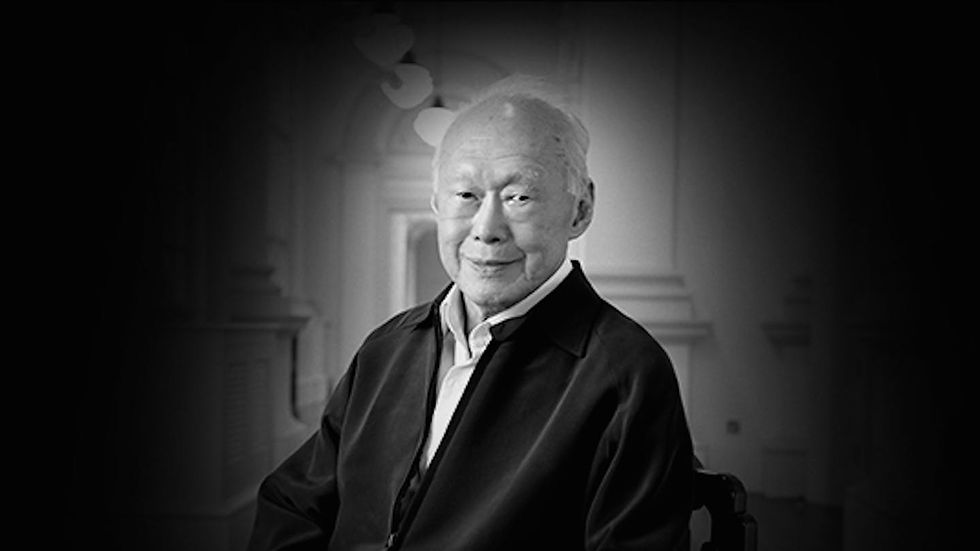
No discussion of Singapore's national story is complete without examining the pivotal role of Lee Kuan Yew, widely regarded as the founding father of modern Singapore. Born in 1923, Lee transformed from a Cambridge-educated lawyer into the visionary leader who would guide Singapore through its most critical years.
When Lee became Singapore's first Prime Minister in 1959, he inherited a territory facing enormous challenges. His philosophy was revolutionary yet pragmatic: "Superior intelligence, discipline, and ingenuity would substitute for resources". This belief would become the cornerstone of Singapore's development strategy.
Lee's leadership style combined authoritarian efficiency with benevolent governance. While critics pointed to restrictions on press freedom and political opposition, supporters argued these measures were necessary for nation-building in a vulnerable city-state. His focus on long-term planning, meritocracy, and multiracialism laid the foundation for Singapore's success.
Perhaps most remarkably, Lee's vision extended beyond mere survival to excellence. As Henry Kissinger noted, Lee envisioned "a state that would not simply survive but prevail by excelling". This ambition would drive Singapore's transformation from a third-world port into a first-world nation in just one generation.
The opportunity to experience Singapore's transformation story through educational tours allows visitors to understand how Lee's vision materialized in the streets, buildings, and institutions that define modern Singapore.
Birth of a Nation

August 9, 1965, remains one of the most emotionally charged dates in Singapore's history. On this day, Singapore was expelled from Malaysia after less than two years of uneasy union. The separation was so traumatic that Lee Kuan Yew broke down at the press conference announcing Singapore's independence, overcome by the weight of the moment and uncertainty about the future.
The newly independent Singapore faced seemingly insurmountable challenges. Mass unemployment plagued the island, with rates in double digits. Nearly 70% of the population lived in slums and overcrowded conditions. The lack of natural resources meant Singapore couldn't rely on traditional paths to prosperity. With a small land area and growing population, the pressure to find solutions was immense.
The founding leaders responded with remarkable pragmatism and determination. They implemented a rapid industrialization program, established the Economic Development Board to attract foreign investment, and created the Housing Development Board to provide decent housing for all citizens. National Service was introduced not just for defense but as a nation-building exercise that would forge unity among Singapore's diverse population.
These early years required what officials later called "survival-driven" policies. Every decision was measured against one crucial question: would it help Singapore survive and thrive as an independent nation? This survival instinct became deeply embedded in Singapore's national psyche and continues to influence policy-making today.
The Singapore Miracle

Singapore's economic transformation represents one of history's most successful development stories. Starting from a per capita income of just $428 in 1965, Singapore achieved over $83,000 by 2022 a nearly 200-fold increase.
This transformation occurred in distinct phases, each building upon the previous one. The 1960s focused on labor-intensive manufacturing to absorb unemployed workers. The 1970s saw a shift toward skill-intensive industries, with significant investments in technical education and training. The 1980s emphasized capital-intensive production, while the 1990s brought technology-intensive industries.
Key to this success was Singapore's ability to attract foreign investment while developing local capabilities. The government created business-friendly policies, invested heavily in infrastructure, and maintained a corruption-free environment that international companies found attractive. Strategic location was leveraged to become a regional hub for multinational corporations.
The Economic Development Board played a crucial role, proactively identifying and courting international companies. Rather than waiting for investors, Singapore's officials traveled the world, building relationships and understanding global business trends. This approach resulted in Singapore hosting over 37,400 international companies today, including 7,000 multinational corporations using Singapore as their regional headquarters.
Perhaps most importantly, Singapore never relied on a single industry for growth. From electronics to precision engineering, from petrochemicals to biomedical sciences, the economy was deliberately diversified to withstand global economic shocks.
Unity from Diversity
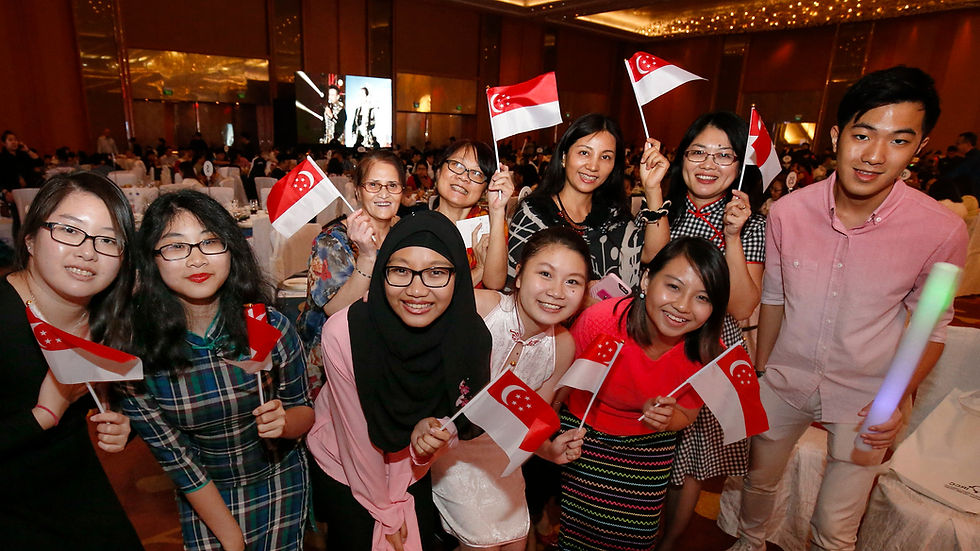
One of Singapore's greatest achievements has been forging unity from extraordinary diversity. With a population that is 75% Chinese, 13.7% Malay, 8.7% Indian, and 2.6% other ethnicities, Singapore faced significant challenges in building national cohesion.
The 1964 race riots served as a wake-up call, resulting in 23 deaths and 454 injuries during clashes between different ethnic groups. These events demonstrated how quickly racial tensions could destabilize the young nation and reinforced the importance of actively promoting harmony rather than merely hoping for tolerance.
Singapore's response was comprehensive and systematic. Racial Harmony Day was established on July 21st to commemorate the 1964 riots and educate citizens about the importance of unity. Four official languages, English, Malay, Mandarin, and Tamil, were adopted, with English serving as the lingua franca to facilitate communication across ethnic groups.
The public housing policy proved particularly effective in promoting integration. Rather than allowing ethnic enclaves to develop, the Housing Development Board implemented ethnic quotas to ensure mixed neighborhoods. This policy meant that Singaporeans of different backgrounds would live side by side, shop at the same markets, and send their children to the same schools.
Religious harmony received equal attention. The Inter-Religious Organisation brings together leaders from different faiths to address potential conflicts before they escalate. Regular interfaith dialogue and shared community activities help maintain the delicate balance between respecting individual religious practices and maintaining social cohesion.
Recent studies show the success of these efforts. Singapore ranks top globally for tolerance of ethnic minorities, with 95% of respondents in a 2019 Gallup poll stating that their city is a good place for ethnic minorities to live. Trust levels between different racial groups have actually increased over time, demonstrating that diversity and harmony can indeed coexist.
Excellence as the Great Equalizer
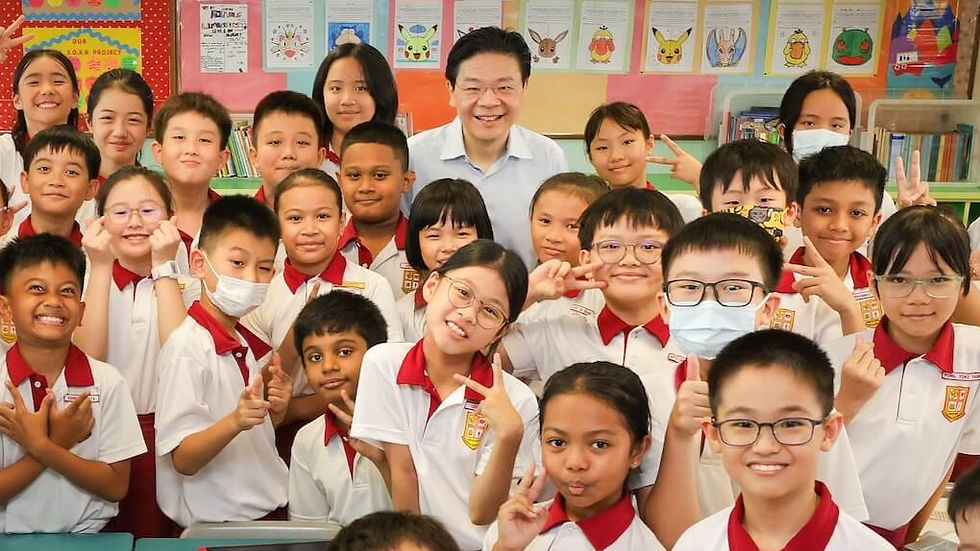
Meritocracy became one of Singapore's defining principles, offering a path for individuals to succeed regardless of their background. The system rewards ability and hard work rather than family connections or ethnic identity, creating opportunities for all citizens to advance based on their contributions.
This principle was embedded throughout Singapore's institutions. The civil service operates on meritocratic principles, with appointments and promotions based on performance rather than personal relationships. The education system emphasizes academic excellence, with top students receiving opportunities to study abroad and return to serve the nation.
However, Singapore's leaders have recognized that pure meritocracy can create its own challenges. Over time, successful families may be able to provide their children with advantages that others lack, potentially creating a new form of inequality. Income gaps have widened, and concerns about elitism have emerged.
In response, Singapore has evolved its understanding of merit. The concept of "compassionate meritocracy" recognizes that not everyone starts from the same position and that society has a responsibility to help those who face disadvantages. "Trickle-up meritocracy" focuses on providing opportunities for those at the bottom to advance. "Meritocracy through life" acknowledges that people develop different strengths at different stages, with programs like SkillsFuture providing continuous learning opportunities.
These adaptations demonstrate Singapore's pragmatic approach to governance, when a system produces unintended consequences, it is refined rather than abandoned.
The Smart Nation Journey
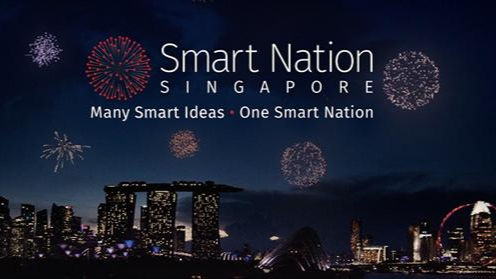
Looking toward the future, Singapore has embraced technology and sustainability as keys to continued prosperity. The Smart Nation initiative, launched in 2014 with a $2.4 billion investment, represents Singapore's commitment to using technology to enhance quality of life for all citizens.
Smart Nation 2.0, announced in 2024, focuses on three key goals: Trust, Growth, and Community. The initiative includes significant investments in artificial intelligence, with a $120 million AI for Science program designed to enhance research productivity across multiple domains. Digital infrastructure improvements aim to make government services more accessible while ensuring cybersecurity and protecting citizens from online harms.
Environmental sustainability has become equally important. The Singapore Green Plan 2030 charts the nation's path toward net-zero emissions by 2050. This comprehensive plan addresses everything from green buildings and renewable energy to sustainable transportation and waste management.
The challenge lies in balancing technological advancement with social cohesion. As Deputy Prime Minister Lawrence Wong noted, "we must ensure that our Smart Nation efforts benefit and uplift all segments of society". This means not just adopting new technologies but ensuring they strengthen rather than divide communities.
Climate change poses particular challenges for a low-lying island nation. Singapore's response includes innovative solutions like smart grids to optimize energy distribution, automated waste management systems, and extensive use of renewable energy. The goal is not just to adapt to change but to become a model for other cities facing similar challenges.
The Evolving Singapore Story

Singapore's approach to national identity has evolved from top-down directives to more collaborative processes. The early years focused on establishing basic shared values and preventing conflicts between ethnic groups. Over time, as Singapore matured and its population became more educated and cosmopolitan, citizens began demanding greater participation in defining their national identity.
The Shared Values framework, established in 1991, identified five core principles: nation before community and society above self; family as the basic unit of society; community support and respect for the individual; consensus, not conflict; and racial and religious harmony. These values provided a foundation while allowing for individual expression and cultural diversity.
Modern Singapore faces the challenge of balancing cosmopolitanism with nationalism. As a global city attracting talent from around the world, Singapore must remain open to external influences while maintaining its distinct character. Young Singaporeans are encouraged to be "global national citizens" embracing international perspectives while remaining rooted in Singapore values.
Citizen participation takes many forms, from grassroots community programs to national conversations about Singapore's future direction. The People's Association organizes numerous programs that bring residents of different backgrounds together, fostering understanding and cooperation at the neighborhood level. These initiatives recognize that national harmony must be actively cultivated rather than taken for granted.
The national education guided walks offered throughout Singapore serve as powerful tools for citizen engagement, allowing both locals and visitors to experience firsthand the places and stories that shaped the nation. These immersive experiences help participants understand not just what happened, but why these events matter for Singapore's continuing journey.
A Story Still Being Written
Singapore's national story is remarkable not just for what has been achieved, but for how those achievements were accomplished. From the trauma of sudden independence to the triumph of becoming a developed nation in one generation, Singapore's journey demonstrates the power of vision, pragmatism, and unity in overcoming seemingly impossible odds.
The key elements of this story, Lee Kuan Yew's transformative leadership, the economic miracle built on human capital rather than natural resources, the successful forging of unity from diversity, and the continuous adaptation to new challenges offer lessons that extend far beyond Singapore's shores.
Yet Singapore's story is far from complete. As the nation approaches its diamond jubilee in 2025, new chapters are being written. The challenges of an aging population, technological disruption, climate change, and maintaining social cohesion in an increasingly complex world require the same pragmatic innovation that characterized the founding generation.
What remains constant is the fundamental recognition that Singapore's success depends on its people working together toward common goals. Whether through experiential learning journeys that connect citizens to their heritage or through new initiatives that address contemporary challenges, the Singapore story continues to evolve.
For Singaporeans and visitors alike, understanding this national story isn't just about appreciating the past, it's about recognizing the values, struggles, and aspirations that continue to shape one of the world's most remarkable nations. In Singapore's story, we see proof that with vision, determination, and unity, even the most daunting challenges can be transformed into extraordinary opportunities.




Comments